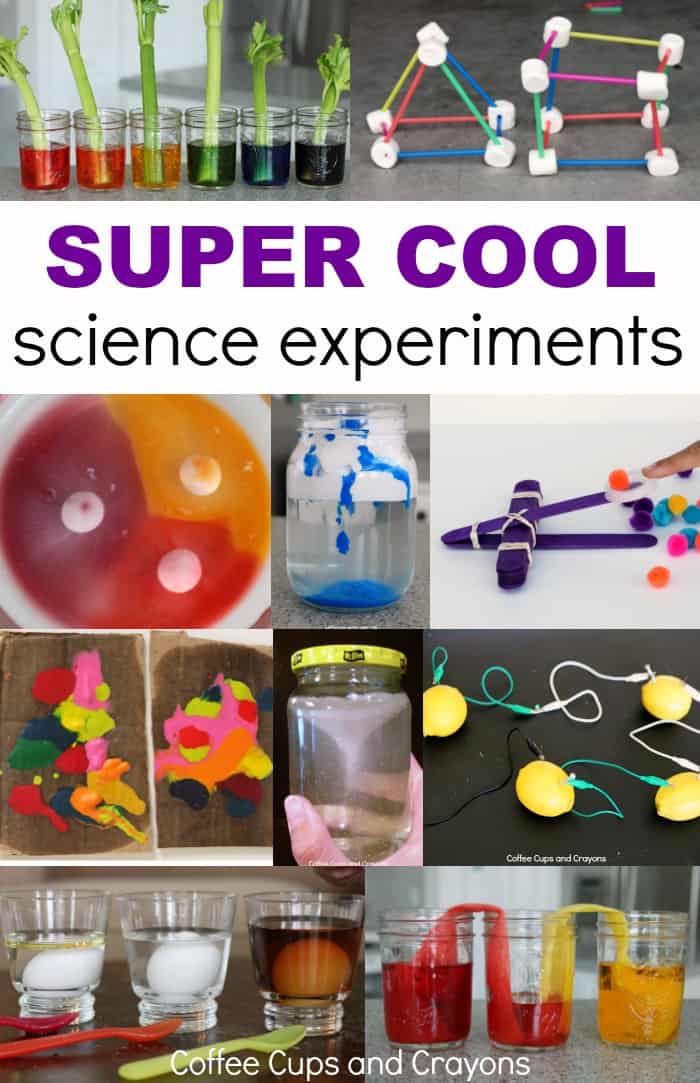The Best Science Experiments for Elementary Kids
Science experiments for elementary kids are a fantastic way to ignite a child’s curiosity and fascination with the world around them. These hands-on activities allow kids to learn concepts in a fun and engaging manner, transforming abstract ideas into tangible experiences. A key challenge for educators is finding experiments that are both captivating and age-appropriate. This article provides a comprehensive guide to the best science experiments, categorized for easy implementation, emphasizing the safety and educational aspects of each.
Simple and Safe Experiments to Spark Curiosity
Exploring Density and Buoyancy
Numerous experiments can beautifully illustrate the concepts of density and buoyancy. A classic example involves floating objects of varying densities in water. This can be expanded to include different liquids with varying densities to show how objects float or sink differently in different liquids, like salt water or syrup. Materials are easily accessible and the results are surprisingly engaging, leading to a better understanding of scientific principles.
Investigating States of Matter
This fascinating field explores the different states of matter—solid, liquid, and gas. Creating ice cubes, melting them, and observing the changes can bring the concept of states of matter to life. You can also incorporate simple experiments like mixing various liquids to create different colors and textures. These experiments encourage young learners to explore and understand the transformations matter can undergo. The hands-on experience makes the concepts more concrete.
Encouraging Creativity and Critical Thinking
Exploring Chemical Reactions
Mixing different liquids or combining baking soda and vinegar to create a volcanic eruption is a fun and engaging experiment. It introduces concepts like chemical reactions in an engaging manner, providing children with opportunities to hypothesize, observe, and draw conclusions from their observations. Such experiments develop the ability to analyze the cause-and-effect relationships.
Building Simple Machines
Exploring simple machines like levers, pulleys, and inclined planes provide an excellent opportunity to learn about mechanical advantage and how machines work. Children can build simple devices using readily available materials like cardboard, string, or wooden blocks and observe how these machines make tasks easier.
Experiments for Learning About Energy
Investigating Light and Shadow
Exploring how light interacts with objects by creating different shadow shapes through light is a fundamental experiment. It helps kids grasp the concept of light propagation and shadow formation. This simple experiment involves placing objects of varying shapes in front of a light source and observing the resultant shadows, fostering scientific observation skills. The experiments can also be adapted to different materials and light sources to encourage critical thinking and creative problem-solving.
Exploring Sound
Conducting experiments to demonstrate how sounds are produced and propagated is an engaging method to learn about sound. Experiments can use various materials like different tuning forks, or different sizes of jars to explore the relationship between the size of a container and the sound it produces. The hands-on approach is crucial for comprehending sound waves, fostering analytical skills.
Experiments Focusing on the Environment
Investigating Plant Growth
Experiments involving plant growth and the effects of various factors can be used to showcase the importance of environmental factors in plant growth. Investigate how sunlight, water, and soil affect the growth of a plant. The results will provide a practical insight into environmental conditions affecting plant life and growth. A variety of plant species can be chosen for the experiments, enabling diverse observations and data collection.
Investigating Air Pressure
Conducting an experiment using a balloon to demonstrate how air pressure affects objects can help in understanding air pressure and its impact on our environment. This can be combined with demonstrations of how a balloon can support weight. The concepts will be made accessible through the experimentation. By using different materials, the experiment can be expanded to examine how atmospheric pressure varies in different environments.
Encouraging Collaboration and Communication
Designing Experiments
Encourage children to design their experiments by asking questions, formulating hypotheses, and developing appropriate procedures. The activity allows children to participate actively in the learning process, thus developing analytical skills. By creating experiments that answer specific questions, children learn to refine their inquiry skills.
Sharing Results
Organizing a science fair or presentation of results is an effective method for encouraging collaboration and communication. Allow children to present their findings and interact with their peers, fostering a sense of accomplishment and responsibility in the learning process.
Advanced Activities for Elementary Science Experiments
Engaging Students With Science Experiments
Exploring Advanced Science Concepts in a Child-Friendly Manner
Hands-on Experiments to Stimulate Young Minds
In conclusion, engaging elementary kids in science experiments is a rewarding experience for both the children and educators. By implementing these ideas, educators can create memorable and impactful learning opportunities that foster a genuine love for science in young minds. Encourage further exploration and experimentation. Consider organizing science fairs, competitions, or field trips to museums to enhance the learning process further. Remember to always prioritize safety and supervision. Ready to spark your students’ scientific curiosity? Explore these simple and exciting experiments today!
Share this content:




Post Comment